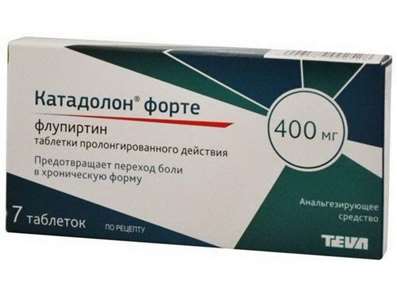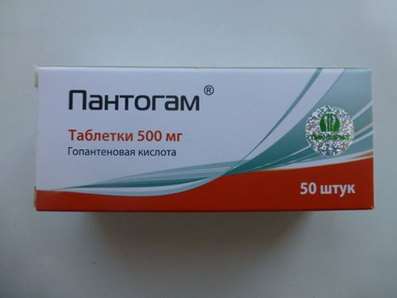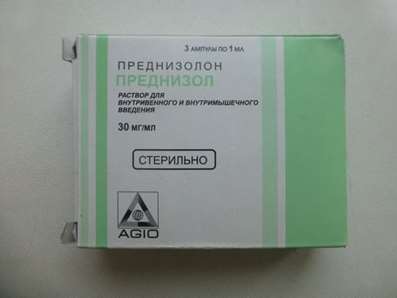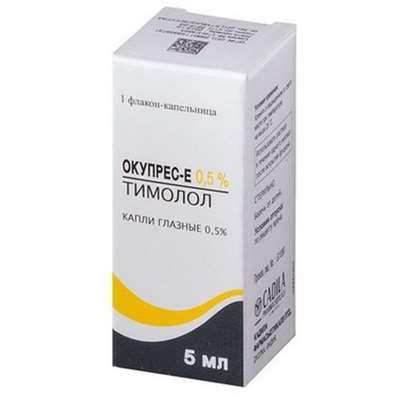Instruction for use: Oxybuprocaine
I want this, give me price
Latin name of substance Oxybuprocaine
Oxybuprocainum (genus. Oxybuprocaini)
Chemical name
4-Amino-3-butoxybenzoic acid 2- (diethylamino) ethyl ester
Gross formula
C17H28N2O3
Pharmacological groups:
Local Anesthetics
Ophthalmic products
The nosological classification (ICD-10)
H599 * Diagnosis / Diagnosis of Eye Diseases: Iris Angioscopy; Gonioscopy; Diagnosis in ophthalmology; Differential diagnosis of the type of eyeball injection; Investigation of the fundus; Investigation of the fundus and lens; Monitoring the condition of the posterior segment of the eye; Mydriasis; Examination of the retina during surgery; Examination of the retina during surgery; Retinal examination after surgery; Retinal examination after operations; Determination of the true refraction of the eye; Determination of refraction; Determination of refractive error with a sciascopy; Ophthalmologic diagnostics; Ophthalmoscopy; Pupil dilated; Creating mydriasis; Creation of cycloplegia; Fluorescence angiography of retinal vessels; Electroretinography
Z01.0 Examination of eyes and eyesight: Angioscopy of the vascular fundus of the fundus; Angioscopy of the iris; Diagnostic scrapings of the conjunctiva; Ultrasound of the eye; Pupil dilated
Z100.0 * Anesthesiology and premedication: Abdominal surgery; Adenomectomy; Amputation; Angioplasty of the coronary arteries; Carotid artery angioplasty; Antiseptic treatment of skin in wounds; Antiseptic treatment of hands; Appendectomy; Atheroctomy; Balloon coronary angioplasty; Vaginal hysterectomy; Venous bypass; Interventions on the vagina and cervix; Interventions on the bladder; Interference in the oral cavity; Reconstructive-reconstructive operations; Hand hygiene of medical personnel; Gynecological Surgery; Gynecological interventions; Gynecological operations; Hypovolemic shock during surgery; Disinfection of purulent wounds; Disinfection of the edges of wounds; Diagnostic Interventions; Diagnostic procedures; Diathermocoagulation of the cervix; Long-term surgeries; Replacement of fistulous catheters; Infection in orthopedic surgical interventions; Artificial heart valve; Kistectomy; Short-term outpatient surgery; Short-term operations; Short-term surgical procedures; Cryotyreotomy; Blood loss during surgical interventions; Bleeding during surgery and in the postoperative period; Kuldotsentez; Laser coagulation; Laserocoagulation; Laser retinopathy of the retina; Laparoscopy; Laparoscopy in gynecology; Likvornaya fistula; Small gynecological operations; Small surgical interventions; Mastectomy and subsequent plastic surgery; Mediastinotomy; Microsurgical operations on the ear; Mukinging operations; Suturing; Minor surgery; Neurosurgical operation; Eclipse of the eyeball in ophthalmic surgery Orchiectomy; Pancreatectomy; Pericardectomy; The rehabilitation period after surgical operations; Reconvalence after surgical intervention; Percutaneous transluminal coronary angioplasty; Pleural Thoracocentesis; Pneumonia postoperative and post traumatic; Preparing for surgical procedures; Preparing for a surgical operation; Preparation of the surgeon's arms before surgery; Preparation of the colon for surgical interventions; Postoperative aspiration pneumonia in neurosurgical and thoracic operations; Postoperative nausea; Postoperative hemorrhage; Postoperative granuloma; Postoperative shock; Early postoperative period; Myocardial revascularization; Resection of the apex of the tooth root; Resection of the stomach; Bowel resection; Resection of the uterus; Liver resection; Small bowel resection; Resection of a part of the stomach; Reocclusion of the operated vessel; Gluing of tissues during surgical interventions; Suture removal; Condition after eye surgery; Condition after surgery; Condition after surgery in the nasal cavity;Condition after gastrectomy; Condition after resection of the small intestine; Condition after tonsillectomy; Condition after removal of duodenum; Condition after phlebectomy; Vascular Surgery; Splenectomy; Sterilization of surgical instrument; Sterilization of surgical instruments; Sternotomy; Dental surgery; Dental intervention on periodontal tissues; Strumectomy; Tonsillectomy; Thoracic surgery; Total gastrectomy; Transdermal intravascular coronary angioplasty; Transurethral resection; Turbinectomy; Removal of a tooth; Cataract removal; Removing Cysts; Removal of tonsils; Removal of myoma; Removal of mobile milk teeth; Removal of polyps; Removal of a broken tooth; Removal of the uterus; Removal of seams; Urethrotomy; Fistula of the luminal ducts; Frontoetmoidohaimorotomy; Surgical infection; Surgical treatment of chronic ulcers of extremities; Surgery; Surgery in the anus; Surgery on the large intestine; Surgical practice; Surgical procedure; Surgical interventions; Surgical interventions on the digestive tract; Surgical interventions on the urinary tract;Surgical interventions on the urinary system; Surgical interventions on the genitourinary system; Surgical intervention on the heart; Surgical procedures; Surgical operations; Surgical operations on veins; Surgical intervention; Vascular; Cholecystectomy; Partial resection of the stomach; Extraperitoneal hysterectomy; Percutaneous transluminal coronary angioplasty; Percutaneous transluminal angioplasty; Coronary artery bypass grafting; Extirpation of the tooth; Extirpation of infant teeth; Extirpation of pulp; Extracorporeal circulation; Extraction of the tooth; Extraction of teeth; Extraction of cataracts; Electrocoagulation; Endourological interventions; Episiotomy; Ethmoidotomy; Complications after tooth extraction
Z40 Preventive Surgery: Inhalational Anesthesia; Intratracheal Intubation; Intubation of the trachea; Surface anesthesia in ophthalmology
CAS code
99-43-4
Characteristics of Oxybuprocaine
Local anesthetic from the group of esters for use in ophthalmology.
Pharmacology
Pharmacological action - local anesthetic.
Has a local anesthetic effect of short action. Reversibly blocks sensitive nerve endings and conductors; penetrates the membrane of nerve cells, disrupts the transmembrane transport of ions (especially Na +), reduces the flow of impulses in the central nervous system. Does not affect the size of the pupil and its ability to accommodation. After instillation it is easily absorbed through the mucous membranes. Has an insignificant irritant effect on the conjunctiva.
Surface anesthesia of the conjunctiva and cornea after the application of eye drops occurs after 30-60 seconds and lasts for 10-20 minutes.
Application of the substance Oxybuprocaine
Local anesthesia in ophthalmology: measurement of intraocular pressure (tonometry); gonioscopy; diagnostic scrapings of the conjunctiva; extraction of foreign bodies and stitches from the cornea and conjunctiva; short-term surgical interventions on the cornea and conjunctiva.
Contraindications
Hypersensitivity, corneal erosion, children's age (up to 2 years).
Application in pregnancy and lactation
During pregnancy and during breastfeeding, the prescribing physician may be used if the expected effect of therapy exceeds the potential risk to the fetus and the child (there is insufficient experience of use).
Side effects of the substance Oxybuprocaine
Possible: short-term sensation of tingling, burning and congestion hyperemia; damage to the corneal layer of the epithelium, infiltration of the corneal stroma; allergic reactions; rarely - keratitis and erosion of the surface of the cornea.
Interaction
The literature does not describe negative or positive effects with the simultaneous introduction of conjunctival cavity oxybuprocaine and other eye drops. It was noted that oxybuprokaine theoretically can reduce the antibacterial activity of sulfonamides.
Overdose
Data on overdose are absent.
Update of information
Overdose
Symptoms: irritation, insomnia, nausea, vomiting, convulsions, respiratory failure, coma, arterial hypotension, cardiac arrest.
Treatment: symptomatic.
Routes of administration
Locally.
Precautions for the substance Oxybuprocaine
Use only for instillations in the conjunctival sac; Do not use for injection. It is not intended for long-term therapy in the complex treatment of eye diseases.
Sufficient experience of use in children is not available, it is possible to use the prescribing physician.
It should be borne in mind that prolonged, repeated and prolonged use can lead to clouding of the cornea (as in the case of other local anesthetics). During anesthesia, protect the eyes from dust, irritating chemical influences, bacterial contamination. Do not touch the eyes before the end of the anesthesia.

 Cart
Cart





